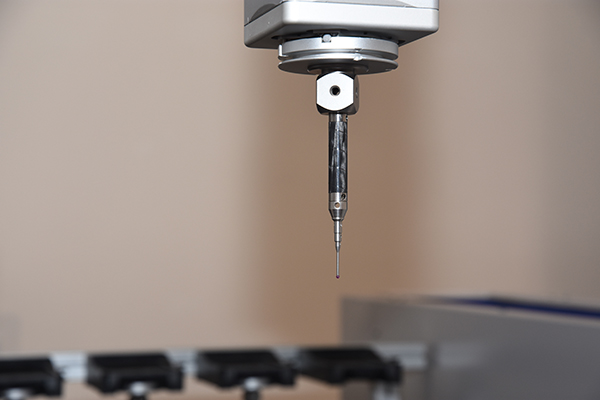Research findings described in a new article by University of Huddersfield scientists will enable engineering firms to make major gains in productivity and efficiency by reducing the often considerable time lag between the manufacture of components and checking their precision on a CMM.

To ensure complete accuracy, CMMs are housed in a strictly temperature-controlled environment. However, manufacturing processes often lead to big increases or decreases in the temperature of components. Until they are stabilised, they cannot be checked.
‘Temperature soaking’ is the term for this scenario, and a play-safe attitude means that larger components can be set aside for as long as 24 hours, causing a log jam in production, with costly CMMs standing idle.
At the University of Huddersfield’s School of Computing and Engineering, however, a research project headed by Dr Naeem Mian has comprised a series of experiments that provide engineering firms with a technique for calculating how long it takes for a component’s temperature to be stabilised so that it can safely be measured on a CMM.
It has been found that the waiting times can be considerably lower that generally thought – potentially a reduction of many hours. For example, Mian and his team carried out various experiments with a heated venturi – a component used in the oil and gas industry – and discovered that the time required for temperature soaking, so that it could be placed on a CMM, was as low as 7.6 minutes.
Findings from the range of experiments, including the mathematical formulae that will aid manufacturers seeking to calculate temperature soaking periods, are given in the new article, which is titled ‘Reducing the latency between machining and measurement using FEA to predict thermal transient effects on CMM measurement’.
For further information https://is.gd/xetazi















